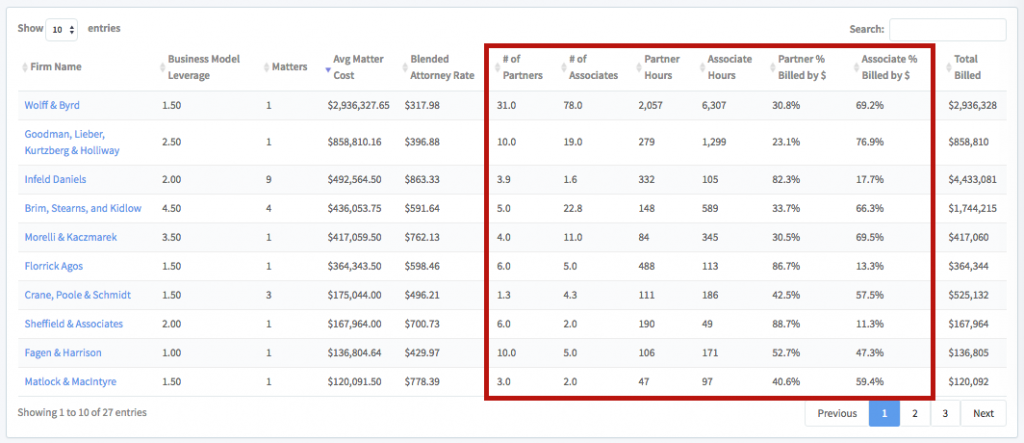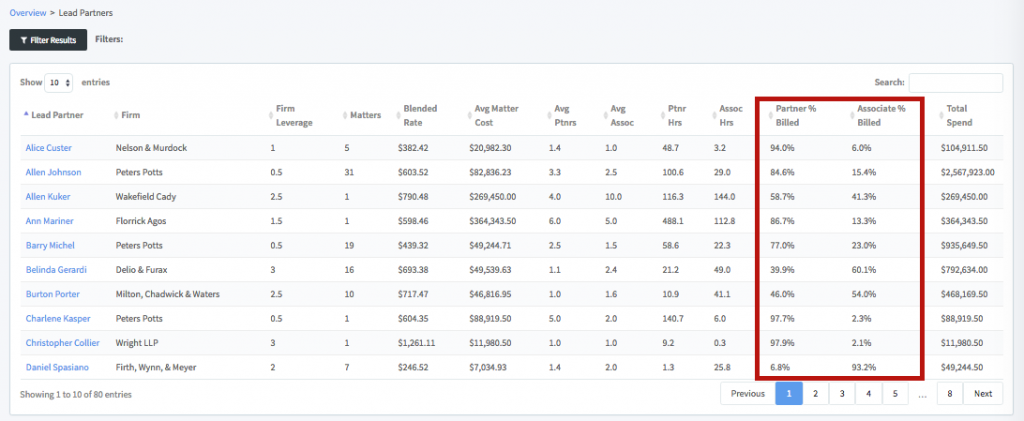In our new eBook, “Streamlining Legal Service Requests” we explore the problems and headaches associated with processing legal service requests (LSR), the importance of allowing the legal department to focus on “real” legal work, and strategies to not only fix the problem but to supercharge your LSR process.
Today’s legal departments are oftentimes inundated, and sometimes overwhelmed, with the myriad of issues that crop up daily. Legal service requests should be relatively simple affairs to handle, but in reality they are a frequent and major contributor to a legal department’s organizational chaos. Business partner requests for legal services are often tossed into the legal department sporadically by email, text or informal conversations from various departments.
With no standard legal service intake process, tracking and assigning these requests is nearly impossible. To complicate matters, business partners typically do not include all the resources or documents in the initial request. Often, an email or phone conversation must ensue to obtain the relevant materials before the “actual” legal work can even begin.
Fortunately, there is one solution that can relieve a large portion of this angst. By implementing an intelligent, self-service portal to initiate legal service requests, the first phase of the battle is already won. The company will also be able to leverage their new system, since information can be shared across departments and systems. Fewer staff members will need to spend time entering data for the same client and matter, which saves money. All of this will allow the legal department to spend more time focusing on the needs of business consumers – not following up on paperwork and other purely administrative and time-consuming tasks. Optimizing the LSR process is crucial to the legal department’s success and to the organization’s bottom line.
Legal departments are often understaffed and have limited resources and legal service requests simply add more to their already stressful workload. But there is another problem that can be easily overlooked, unless you are the one needing legal assistance. The scenario often plays out like this: a business consumer of legal services needs assistance, but doesn’t know where in the organization to go, or the best way to initiate the request. This is where problems begin for the legal department.
As mentioned previously, requests for legal services are sometimes thrown at the legal department as a hodgepodge of emails, texts, phone calls, and informal conversations. Trying to sort through such an assortment of “requests” would prove daunting under any circumstance. And all of this before the “real” legal work even begins.
Another factor that may be troublesome is simply forming a good, old-fashioned relationship between the business consumer and the legal service provider. For legal assistance matters, the intake process is where the relationship often begins.
Recent legal market trends can be highly revealing not only for what’s happening now, but also as extraordinary indicators for future developments as well. We’ve discussed the serious problem of corporate legal departments getting bogged down in routine administrative tasks, with LSRs placing high on the list of troublesome processes. If organizations are not driving and implementing positive changes to eliminate such problems, the problems won’t go away.
It’s crucial that the legal department be allowed to focus more on the real legal work, without sinking deeper into the administrative quagmire. In most cases, a well-chosen and effective technology solution is the best answer. But driving and implementing change is another key element in the solution. Keeping up to date with the latest technology is always good, but to implement technology changes requires buy-in from leadership and IT, as well as an unwavering commitment to see the project through.
According to Blickstein Group’s 9th Annual Law Department Operations Survey, we discover some enlightening statistics. 81% of respondents agree that corporate law departments will be the primary driver of innovation and change in the legal sector. This is an encouraging number.
But when we drill a bit deeper into the survey, we learn that the top challenge facing law department functions is driving/implementing change. Taking a close second place is “identifying opportunities for business improvement and cost savings.”
When asked, “Do you have a plan to develop a legal department technology strategy or three-year road map which addresses how you integrate, evolve and replace your systems to support the legal department’s processes and needs?” only 18% of respondents answered “yes.”
In light of these facts, a compelling question arises:
If corporate law departments are expected to be the primary shakers and movers of innovation, shouldn’t they be equipped with the proper technology to do so?
Onit’s Legal Service Request solution simplifies this intake process and provides a simple portal that allows business partners to interact and engage with the legal department. In doing so, the legal department obtains a more holistic view of the legal portfolio and the ability to better serve their clients. The legal department also gets a comprehensive view of all legal service requests and can report on request types (i.e. by department, region, phase, due date, etc.)
Client requests can be directed to the appropriate legal practitioner, even if the requester is not aware of the most appropriate recipient of the request. Clients can also self-serve to keep track of status and resolution of legal service requests. In fact, the requestor of legal services gets an automated email that allows them to track the status of their request directly from the email. The built-in feature to generate automated notifications exemplifies the very best in legal process solutions.
The chaotic world of emails, phone calls, and informal conversations to initiate legal service request is now gone and business process automation has ushered in a new era of cutting-edge customer service and efficiency. It’s worth reiterating that optimizing the LSR process is crucial to the legal department’s success and to the organization’s bottom line.
For organizations that already have other automated processes, that’s a good head start. Now it’s just a matter of implementing an effective LSR solution to complement their existing automated business process arsenal. For companies new to business process automation, a LSR platform is an excellent first choice since legal service requests are literally the “front line” where most legal matters begin.
Download this new eBook to learn how a premier, user friendly legal service request solution can streamline and optimize this process in your department.
Our new eBook offers the following insights:
- The problem of using outdated or inappropriate legal service request processing tools
- Current market trends concerning legal service requests
- Best practices of managing legal service requests
- A logical and powerful solution that can be quickly deployed
It’s time to let the legal department do what it does best – the “real” work of handling legal matters. And they can’t do this if they’re spending endless hours on day-to-day tasks that could be handled in seconds via an intelligent, self-service portal for legal service requests.






